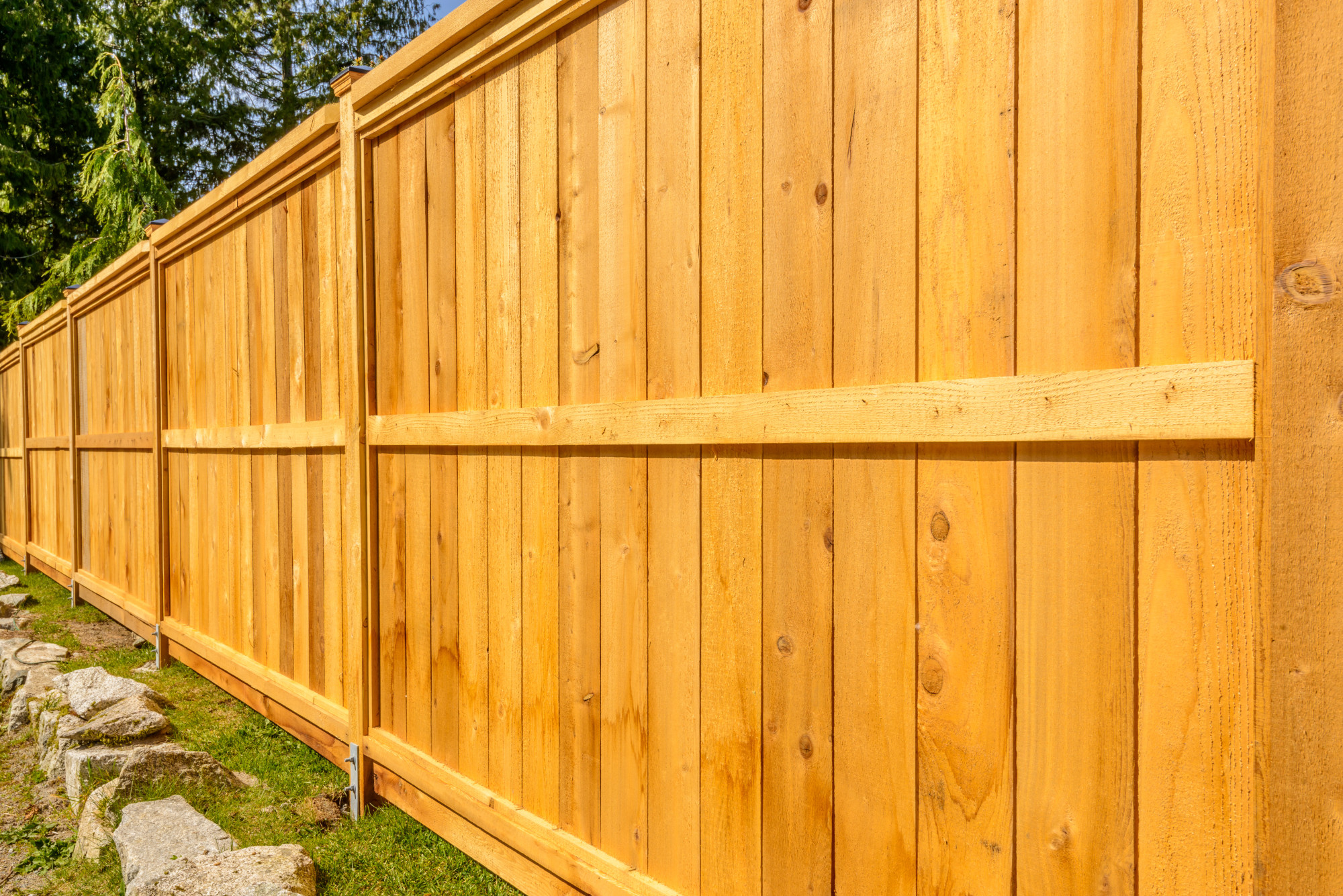 Fences are one of the best ways to improve security and privacy while adding value to your home.
Fences are one of the best ways to improve security and privacy while adding value to your home.
You’ve found the perfect fence and are confident it will complement your home well and will fit your needs.
The only problem is you’re not sure how to install it. The first step in any fencing project is to measure and dig the post holes. The fence post depth plays an important role in the stability of your fence.
Dig too little, and your fence won’t hold. Dig too deep and your fence posts won’t match the appropriate height of your fence.
Do you need help finding the right fence post depth for your fencing project? Read on to learn more.
How to Find the Perfect Fence Post Depth
The ideal fence post depth depends on the height of your fence. Fences of various heights will require different fence post depths.
To find the best depth for fence posts, most professionals recommend a depth of one-third or one-half of the post’s height above ground. If you have a fence post that needs to be six feet above the ground, the fence post depth will need to be between two and three feet.
The width, or diameter, of the post hole, should be at least three times the width of the post. Is your fence post five inches wide? Then you’ll need a post hole with a diameter of 15 inches.
Your fence post hole needs to sit below the frost line of your in your area. The area above the frost line will shift and change over time, which can affect the strength of your post. You can find the frost line depth in your region through research and consulting local building codes.
Depending on the fence you choose, the manufacturer may provide instructions on how to install the fence. Check the instructions to see if the manufacturer provided you with the recommended fence post depth for your specific fence.
There are several other factors you’ll need to consider when determining your fence post depths. These include the height and weight of the fence, soil type, and the wind.
Why Fence Post Depth Matters
The depth of the fence post hole will determine the strength and integrity of your fence posts and your fence. To put it simply, a fence post buried deeper in the ground is much harder to push over than a shallow post.
The soil is a major aspect of determining the right fence post depth. Are you installing your fend in an area with dry loose soils such as sand? Soils like this are weaker and won’t hold the post as well as other soils.
Consider a deeper post hole to ensure the fence post and the concrete hold well. This will prevent your fence from tipping over.
You should also think about the strong winds and weather you experience in your climate. High winds can cause fence posts and fences to lean and fall over. Again, you’ll want to use a deeper fence post hole to maintain the integrity and strength of your fence.
The height and weight will also influence the depth of your fence post hole. Taller and heavier fences will need strong fence posts. A deeper fence post depth will make the posts stronger and prevent your fence from leaning or falling prematurely.
Digging Fence Post Holes
Planning and installing fence posts is a process that requires planning and manual labor. If you don’t feel you have the skills or the ability to install posts, you should contact your local fencing specialist such as meridian fencing.
For those who are ready, here’s how you can install a fence post.
Planning and Safety
Before you install any fence, you need to have a plan as to where it will go.
The first step is to check with your utility provider to find out where underground electrical cables, wires, and piping may lay in your yard. They’ll mark these areas and hazards so you can avoid them.
You will have to plan the layout of your fence around these obstacles. Mark the areas where you plan to install your posts. Make sure the distance between them fits your fencing needs and that the posts won’t interfere with any underground hazards.
For added safety, use work gloves and wear toe-covered boots to keep your hands and feet safe.
Fence Post Materials
Installing a fence post requires more than just the post and a shovel. The materials you need include:
- Post or rabbit hole digger
- Hand shovel
- Hammer
- Concrete or postcrete
- Measuring tape
- Level
- Garden stakes
- Gravel
Wood-based fence posts will need to set in concrete or fast-drying postcrete on top of a few inches of gravel. This allows for drainage between the post and the concrete or postcrete. If you’re adding gravel, you’ll need to dig your fence post hole about four to five inches deeper.
You should always use concrete or postcrete when installing fence posts. Skipping this step will compromise the strength of your fence posts.
Start Digging
While a shovel can work, a post hole or rabbit hole digger will make digging the most hole more efficient. This type of shovel features two handles and two shovel-like scoops at one end of the handles. They work by pressing the shovel end into the ground and pulling the handles apart to close the two shovels.
You can twist and dig more efficiently. Rabbit hole diggers allow you to dig circular holes and give you greater control of the diameter and depth of the hole.
As you dig, regularly check and measure your fence post depth. Once you’ve reached the desired size, use a hand shovel or regular shovel to clean the shape and walls of the post hole. Once it’s ready, you can install your fence post.
Install Durable Fence Posts Today
Do you want your fence to look and function perfectly?
The fence post depth is an important part of a fence’s strength and integrity. By finding the best post depth, your fence will last you years and years.
Do enjoy learning ways to improve the look and feel of your home? Check out our latest Home articles to keep your home looking its best!








